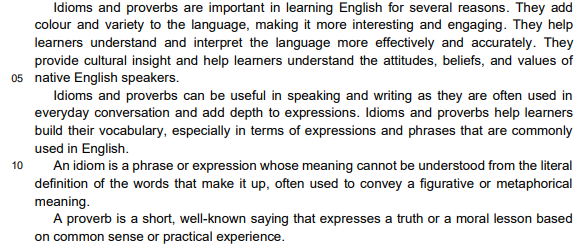Text 3A4
During the last century water infrastructure projects
involving large dams played a major role in the socio-economic
transformation of many countries. At the same time, in a
significant number of cases the benefits were not shared
equitably, and the negative impacts on the environmental and
sociocultural structures were excessive. In some cases their
economic performance was questionable. Diverging views have
arisen on the merits and demerits of dams, the roles they play,
and their alternatives in providing water and energy services.
However, recognition that such roles are complementary rather
than mutually exclusive has been growing as the dam debate has
moved forward.
It is envisaged that, as part of the global effort to improve
water and energy supplies, more dams will be constructed,
especially in developing countries, alongside other diverse
alternatives. There will, consequently, be a need to enhance the
benefits of dams and avoid many of their drawbacks by applying
better decision-making processes within the overall framework
of sustainability. There are complex issues around the planning
and management of dams in the context of sustainable
development which will need to be adequately considered and
addressed to achieve sustainable outcomes.
Dealing with the environmental and social challenges
within the context of meeting water and energy needs is at the
heart of the sustainability of projects involving dams. Dams are
one of the options, structural or non-structural, available to meet
specific water or energy needs. In many cases water and energy
services are best provided through a mix of options. Each case is
different. A decision to build a dam should emerge after a
comprehensive assessment of the full range of available options,
giving appropriate consideration to all aspects of sustainability.
United Nations Environmental Programme. Dams and Development: Relevant Practices for Improved
Decision-making. Nairobi: The Secretariat of the Dams and Development Project, 2007. p. 10-1 (adapted).

